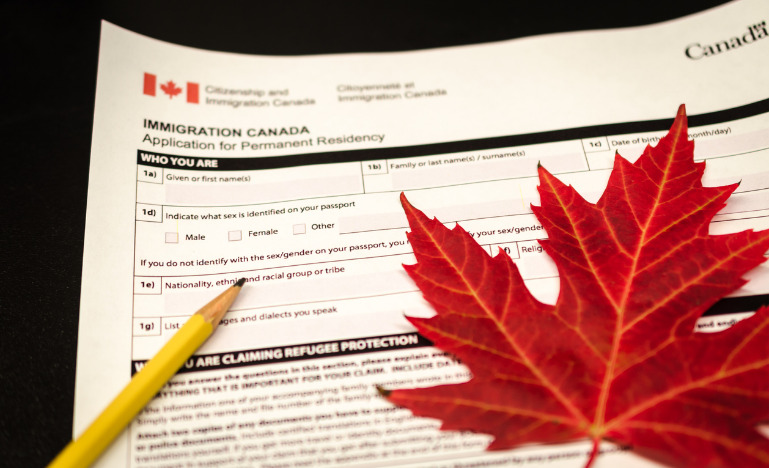Ditch the landing process
The CBA's Immigration Law Section says it is unnecessary and inconvenient, and issues in an application are rarely detected.

Just like a jet pilot who has a checklist of procedures to carry out when coming in for a landing, would-be immigrants have a process to follow once they’ve received permanent resident status in order to become landed. Unlike the pilot’s procedure, the immigrant’s landing process is “unnecessary and inconvenient,” rarely uncovers new issues of concern and could be replaced by technology.
To become landed, people who’ve received permanent resident status must:
- Submit photographs, passport (or a copy of the passport ID page, confirmation of mailing address and a return, pre-paid envelope
- Wait several weeks for a Confirmation of Permanent Residence form
- Validate the form by:
- Scheduling an appointment (possibly weeks in advance) with an Immigration Officer
- Making an appointment with a Border Services Officer upon entry to Canada (where service may be refused, particularly for applicants who travel from within Canada)
- Appearing in person with all family members who are landing; dependents must appear at the same time as the principal applicant
Currently, the CBA’s Immigration Law Section notes, applicants from outside Canada can complete the landing process by presenting their documents to border service officers at international airports or land borders, while applicants inside Canada either travel to the nearest land border and flagpole (leave the country briefly and enter again) or go to the nearest IRCC office in their nearest city.
The Section suggests that the landing process be eliminated. “We suggest instead that Immigration, Refugees and Citizenship Canada synchronize photo requirements for biometrics with permanent resident cards. With this change, IRCC would request a photograph only once, and permeant residence cards could be distributed by mail.” The applicant would have to take further steps only if there was a problem.
Biometric technology would also come in handy if IRCC decides to keep the landing process. Applicants from outside Canada could use airport and land border kiosks to answer the questions on the COPR form, and confirm their identities through fingerprint or iris scans. Applicants already in Canada could go to their nearest Service Canada outlet and use the kiosks there.
“Another option for those far away from a SC location would be to allow the applicants to phone an IRCC office to complete the landing process. IRCC could also consider developing a mobile app that could give access to the IRCC portal and let applicants confirm their status through voice recognition software or similar technologies.”
The Section offers suggestions for modifying the procedure in certain circumstances, such as when a would-be immigrant doesn’t have a readable fingerprint, or doesn’t speak enough English or French to complete the process at a kiosk.


